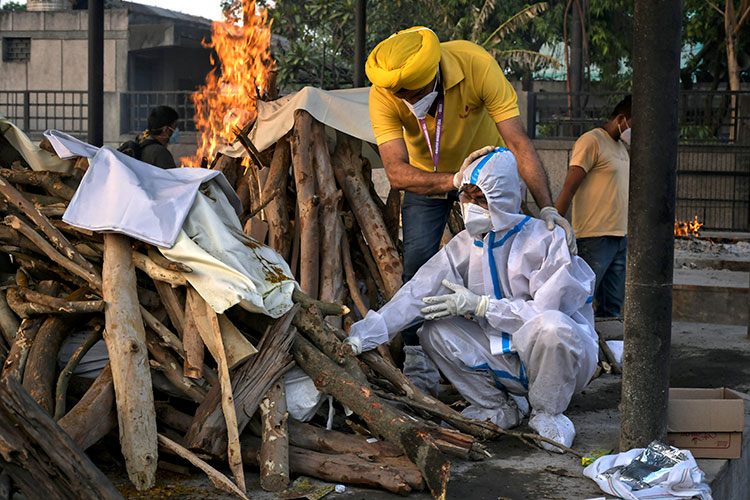
India in the 21st century has emerged as a powerhouse of development: education rising and poverty falling, with pharmaceuticals and tech driving a booming economy. But the second wave of the COVID-19 pandemic has ravaged the country in recent weeks, and the nation’s deadly inequality has been compounded by broad government failures.
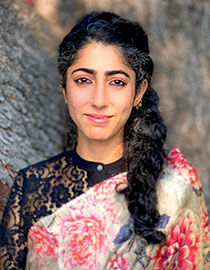
Today, says UC Berkeley social anthropologist Aarti Sethi, virtually every family in India has experienced a direct loss from the pandemic. The country has been shocked to the core and staggered by grief, she said — and the death toll is still climbing. More than a quarter-million fatalities are listed, but the toll is likely far higher.
Sethi grew up in India and obtained degrees from Delhi University and Jawaharlal Nehru University, both in New Delhi, before coming to the U.S. to pursue advanced degrees. In an interview, she paired cultural analysis with a poignant understanding of the Indian people.
Her troubling conclusion: “It did not have to be this way.”
The message resonates in the Berkeley community, which has deep connections to India and the Indian American community. “Together we mourn these losses,” campus leaders said in a statement on the surge of cases in India last week. “Together we can provide strength and solace to our community members in need.”
The interview with Aarti Sethi has been edited for length and clarity.
Aarti Sethi: It’s absolute carnage — that’s what we are witnessing right now. The human devastation is indescribable. Everyone in India, everyone from India, everyone with family in India, everyone has lost someone. Many have lost many. And the tragic fact is that in the coming days and weeks and months, we will continue to lose many.
The scale of the devastation is difficult to describe, as can be expected in a country of 1.3 billion people. In cities like Delhi or Bombay, there’s an almost 40% positivity rate.
The reigning emotion is desperation. The desperation of watching your loved one’s oxygen levels fall. The desperation of making hundreds of phone calls for a hospital bed that doesn’t exist. The desperation of reaching a hospital and waiting in a parking lot and watching your loved one die because there are 100 patients in front of you.
This is being described as a situation in which the system has collapsed. We should be very clear: The central government has collapsed — it has failed in its responsibilities to the people.
But the people of India have not failed each other. The people of India are caring for each other with nothing at their disposal. People are coming together to enact private grace in a manner that is just humbling to see.
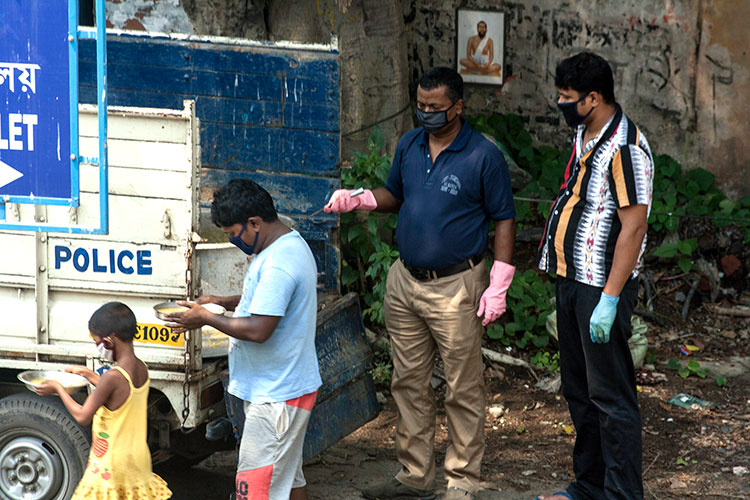
‘Private grace’ — what form does that take?
It takes the form of putting your life and your body on the line for other people. It means that you have volunteers, groups of people who spend the whole day making phone calls, collecting lists of oxygen supply vendors. It means running makeshift oxygen facilities in gurdwaras, the Sikh places of worship. Mosques have opened their doors so that people who are desperate and have nowhere else to go can come and be oxygenated. People are running kitchens where those who are in lockdown or who are sick can be fed.
The newspapers are filled with stories of human beings helping each other. There was a story of an ambulance driver who sold all of his wife’s jewels, simply to purchase oxygen cylinders for the patients that he was ferrying to the hospital. This is not somebody with a lot of means at his disposal, but he is standing witness to the enormity of human suffering before him and doing what he can to assuage it.
It takes the form of older people giving up hospital beds for younger people. It takes the form of a crematorium worker — these are workers who come from Dalit castes, the most marginalized sections of Indian society — working 14, 15, 16 hours a day with no protective equipment, no vaccination and no priority for vaccination.
You say that the state has failed, or is failing. What’s gone wrong?
It is a very important thing to place on the table: It did not have to be this way.
Some of the longer-running issues, for instance, are the decades and decades of the lack of concern to build a vibrant public health system. India is the second-most populous country in the world, and one of the poorer countries in the world. It spends only 1.4% of gross domestic product on health. In health access, in maternal mortality, in child mortality — on all of these health indicators, India does very badly. India ranks 145 in the global health care access and quality (HAQ), far below its neighboring countries Nepal, Bangladesh and Sri Lanka, below poorer countries, like Sudan.
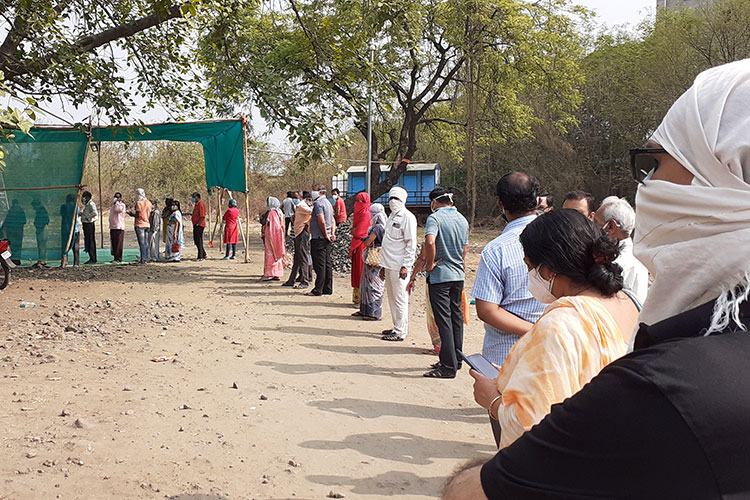
These longer-running issues came to a head because the government simply did not prepare. COVID was going to come to India. And when it came, the central government imposed one of the harshest lockdowns anywhere in the world. This was in March 2020. After that lockdown, the government went into self-congratulatory mode. But India had not beaten the wave.
The evidence was there from around the world about what a second wave does — and the government did not pay heed. Its own scientists were warning about the impact of a second wave. They were ignored.
There was a special committee of scientists that advised that India would need to ramp up its oxygen production capacities. But after India apparently beat COVID last year, from September 2020 to January 2021 there was a decrease of 37% in oxygen-supported hospital beds. India was exporting vaccines even in April this year.
There is a category in the law called criminal negligence, and the central government is certainly criminally negligent.
You mentioned the great inequality among India’s 1.3 billion people. How did that contribute to, or magnify, the problems that now afflict the country?
India is such a socially and economically unequal society, and that radically impacts the everyday lives of people. We’ve seen that in India, and in America, as well. Here, the impact of the COVID crisis was disproportionately experienced by communities of color. People working jobs where they could not afford to stay at home.
Likewise in India: Last year when there was a lockdown imposed, there was absolutely no foresight given to how the vast majority of India’s population, people who work in what is called the informal sector, were going to actually live. How will people who survive on daily wages and who cannot feed themselves or their families unless they go out to work every day, without any security of employment, or health insurance, or access to health care — how are those people going to survive?
India’s prime minister, Narendra Modi, is often classified as a populist, in the mold of Donald Trump in the U.S. or Jair Bolsonaro in Brazil. Has the populist approach to governing had a negative impact on India’s response to the pandemic?
The short answer is yes.
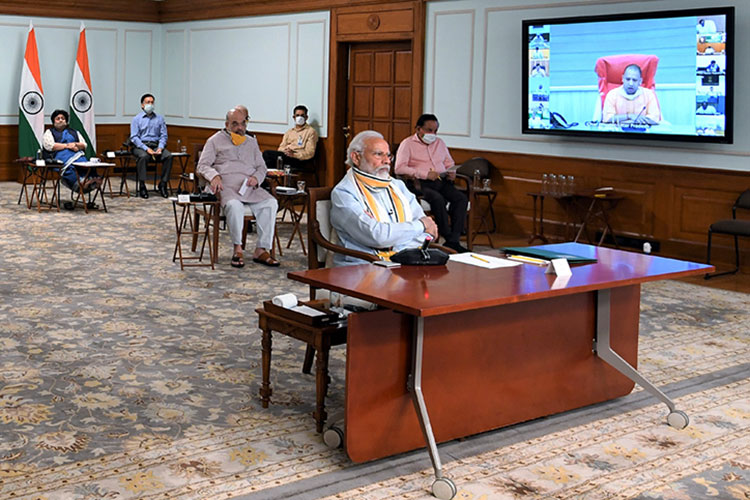
The reason why Narendra Modi is often placed in the same class as Bolsonaro and Trump is that they seem to share a certain style of governing, which centers on the cult of the leader. The charisma of the leader and his obsession with his personal cult overtakes all considerations of society.
Social behavior is very closely pegged to political messaging in modern societies. So, the decision to allow and encourage the gathering of 3.5 million pilgrims at the height of the global crisis, simply because the prime minister wishes to encourage what he believes is his base. The insanity of the prime minister encouraging people in the hundreds of thousands to come for election rallies in the middle of a COVID wave in Bengal. The insanity of continuing with a project to renovate the Parliament building and a new house for the prime minister that is going to cost millions of dollars, as opposed to using those resources to create mass vaccinations and health facilities in the country.
And the prime minister til now has not offered genuine, heartfelt condolences to the people of India for the deaths that are happening. What does this tell a nation?
Populists often govern by turning people against each other — that’s how they galvanize support for their own power. Has Modi done that? Has that had a bearing on India’s response to the pandemic?
The Bharatiya Janata Party (BJP), Modi’s party, like many right-wing parties, operates by continuously creating internal ‘others’ and consolidating their supporters in opposition to the ‘enemies of the people’. This has characterized the entire functioning of this regime.
Muslims especially have been made a target. There is a long history to the Hindutva project — its mission is to convert India into a theocratic Hindu nation. And its actions are fully in keeping with that.
I’ll give you an example: In the early days of the crisis last year, there was an Islamic religious event in which mosques in India hosted travelers from other parts of the world. This resulted in some COVID cases, but that was used to vilify and target the Muslim community continuously for months. Whereas, the fact that 3.5 million people had gathered on the banks of the River Ganges is not only considered unremarkable, but it was encouraged by the government.
In spite of criticism in India and globally, Modi has been very popular. But with a disaster of this magnitude, will his popularity suffer?
There is enormous public anger against the central government.
They lost a huge election in the state of West Bengal last week. Despite the fact that the BJP is the richest political party in India today, and they have ensured that they are the richest through a series of actions to make election funding completely opaque. This tells you about the cult of Modi — that hundreds of millions of dollars have been spent on the election, not on COVID relief.
Recently, the high court of Madras described the actions of the Election Commission as murderous. The high court in Allahabad, in the state of Uttar Pradesh, currently ruled by the savage BJP Chief Minister Yogi Adityanath, described the fact that patients are dying for lack of oxygen as “a criminal act, no less than genocide.”
These are very, very strong words for a court to use.
Where does India go from here?
All we can do is hope and pray that the ferocity of this wave will be contained as quickly as possible, that medical resources will get where they need to go as fast as possible. That people get a fighting chance to live — that’s what we hope and pray for in the immediate future.
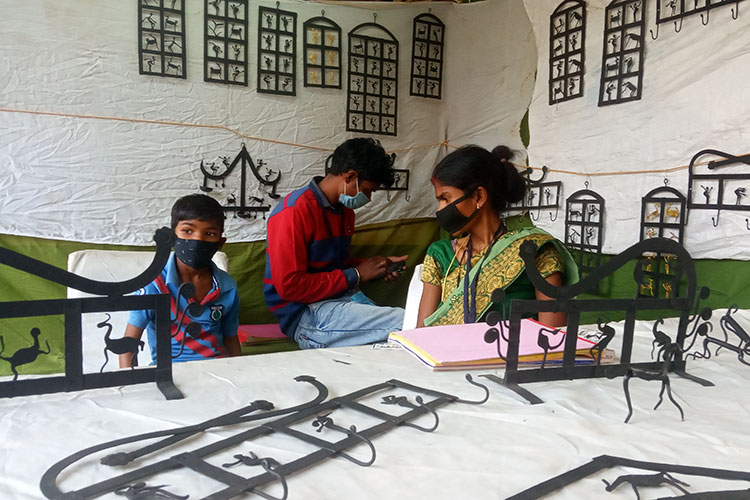
All societies create ways in which death is lived with and absorbed. Societies have funerary rites in which a person transitions from being a person in that society to an ancestor and how society lets that person go. Only through this mode of grieving can the dead be let go.
One of the most frightening things about COVID is the fact many of the normal routes and modes that allow a society to grieve are blocked. Usually, people grieve with relations around them, by talking to others, by being with each other. In a mass death, how will society grieve?
The longer question is what a collective trauma of this magnitude does to a society.
You’re saying that the way people, as individuals and communities, come to terms with these deaths — taken together, by the millions — will shape where the country goes in the years ahead.
The experience of the survivors watching the person they love, their kin, burn on the funeral pyre — that survivor is carrying with them an entire political failure. They are carrying with them also the super-human effort of people in society — doctors and nurses and good Samaritans, all the everyday people who are just trying to save themselves and save each other.
That cuts through all of the obfuscation and the disinformation and the callousness and the disregard. It is the only truth.
There’s no going back now — there’s no going back to anything. We just have to get through.
But for society to recover from this will take a very, very, very long time.
